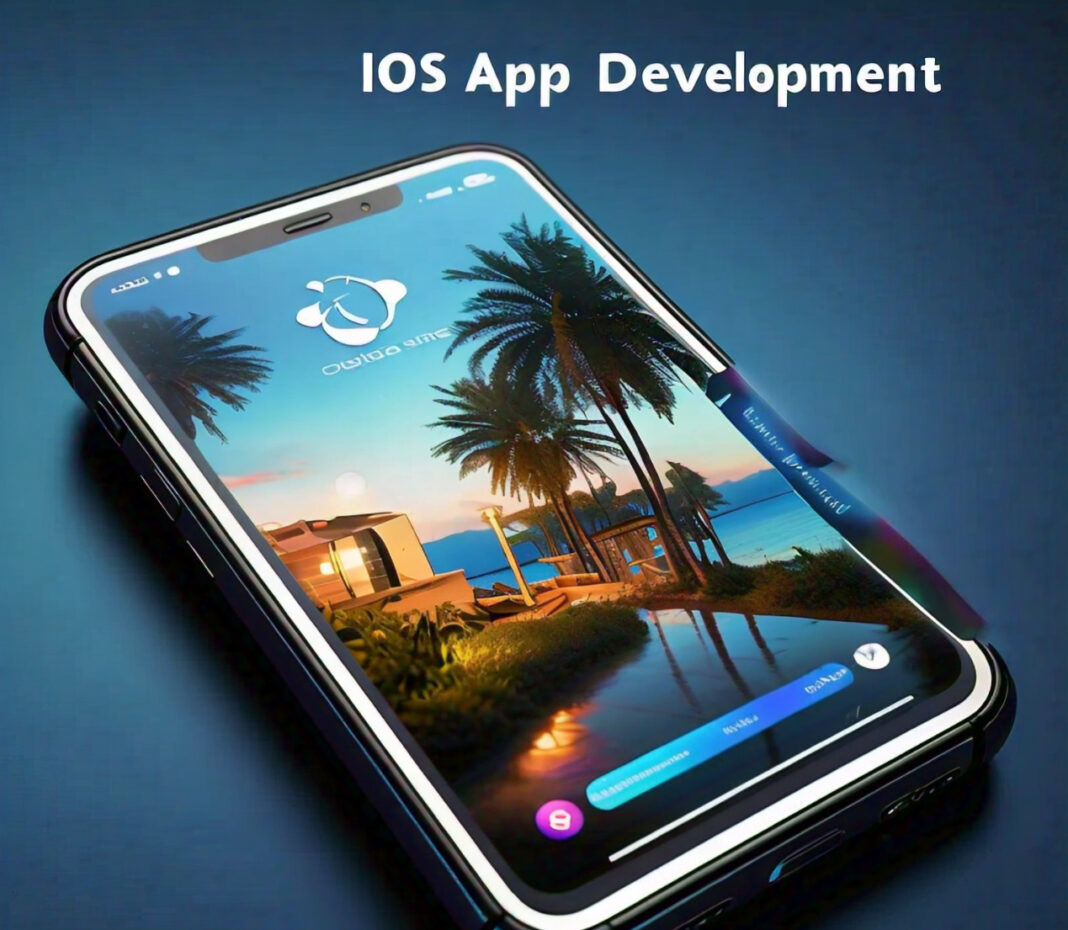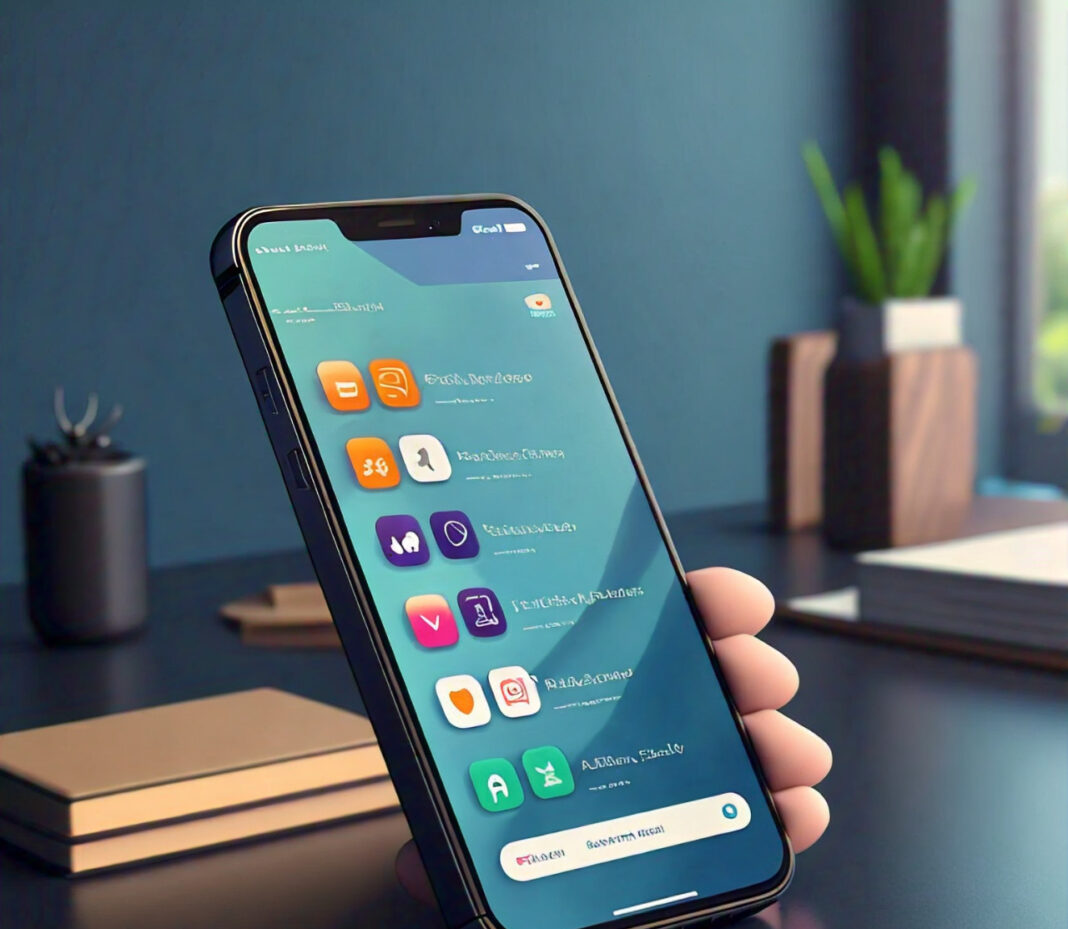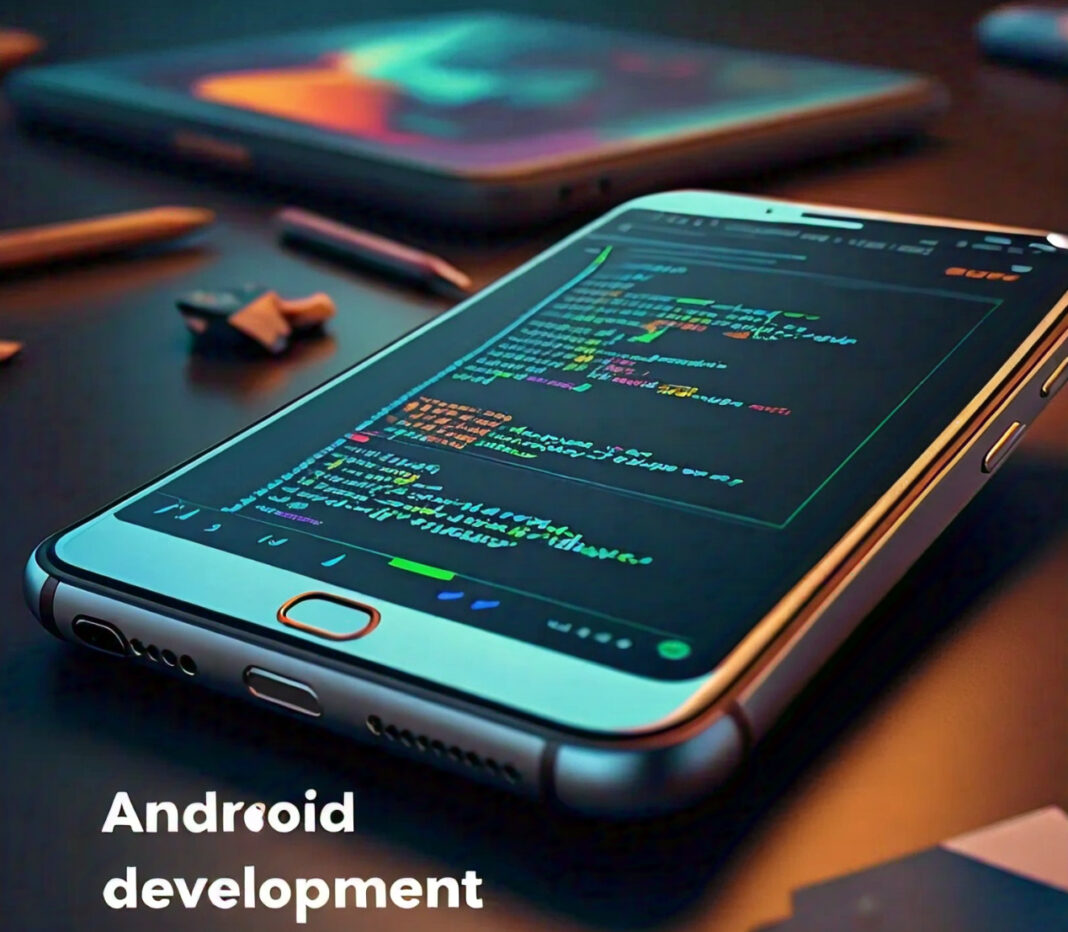The market for mobile applications is expanding day by day; in this case, there is a significant share of iOS devices around the world. If you are willing to jump into the world of iOS app development, then it is important to understand what some requirements and prerequisites are. The series of this comprehensive guide will take you through every single step of the way in starting your journey toward becoming an iOS app developer.

From hardware and software needs to programming languages and guidelines on design, we will cover everything. This article will be valuable not only to established developers attempting to leap to iOS but also to developers who are starting without any experience in the world of iOS app development.
Let’s go over some of the major requirements and get things in motion to make your first iOS app.
- Hardware Requirements
Before you begin developing applications for the iOS platform, you need the following:
1.1 Mac Computer
Apple’s development environment is created to work specifically on Mac computers. While there are workarounds for working with Windows, they’re usually very complex and won’t get official support.
Here are the Mac models recommended for use with:
- MacBook Pro (2015 models and later)
- MacBook Air (2015 models and later)
- iMac (2015 models and later)
- Mac Mini (2014 models and later)
- Mac Pro (2013 and recent models)
1.2 iPhone or iPad (Optional but Recommended)
You can use the iOS Simulator for testing, but you would get more accurate testing on a physical iOS device.
Advantages of testing on a physical device:
Test hardware-specific features( c a m e r a, a c c e l e r o m e t e r, etc.).
Experience real-world performance.
Test on different iOS versions.
- Software Requirements
After making sure that you have set up your hardware device, now you have to set up your development environment:
2.1 Operating System
Your Mac should be running the latest version of macOS or at least a version that supports the latest Xcode.
2.2 Xcode
Xcode is an Integrated Development Environment made by Apple for building iOS apps. It offers the following:
- Code Editor
- Interface Builder for designing a UI
- iOS Simulator
- Debugging tools
2.3 iOS SDK
The iOS Software Development Kit comes bundled with Xcode. It includes:
- APIs to take advantage of iOS features
- Developer tools provided
- iOS Simulator
2.4 Playgrounds for Swift (Optional)
For beginners, Swift Playgrounds makes learning Swift programming interactive.
- Programming Languages
You should be well acquainted with at least one of the following programming languages to kick off your iOS app development.
3.1 Swift
Swift is Apple’s contemporary yet modernly written programming language for iOS app development as well as macOS.
Keynotes of the Swift programming language:
- Readable plus writable
- Safety designed
- Performance at speed
- Modern ideas implementation
3.2 Objective-C
While Swift is the preferred language at present, most deployments are still made in Objective-C.
Why Study Objective-C:
- Maintain and support legacy applications
- Codebase working on the legacy code base
- Working with other older iOS development resources
- Apple Developer Account
To push apps to App Store, you will need an Apple Developer Account
4.1 Types of Developer Accounts
- Individual Account: Personal single developers
- Organization Account: Multiple developers, companies, and team
4.2 Some important advantages of a Developer Account
- Access to beta software
- Device testing facility
- App Store distribution
4.3 Pricing
- For an Individual Account: $99 per annum
- For an Organization Account: $299 per annum
- Design Skills and Tools
The application interface for the iOS platform should be very easy to use and should also be interactive.
5.1 UI/UX Design Principles
Read from Apple’s Human Interface Guidelines. It includes the following:
- Visual design
- User interaction
- App Architecture
5.2 General Design Tools
Many tools are used in the design phase of any iOS application. Below are some of the most popular tools:
- Sketch
- Figma
- Adobe XD

5.3 Asset Creation
Understand how to create and maintain knowledge about app icons, launch screens, and other graphic assets.
- Knowledge of iOS Frameworks and APIs
To develop apps with powerful features, you will need to know about iOS frameworks and APIs.
6.1 UIKit
UIKit offers the core solution for designing iOS apps and also harbors routes for the user interface on iOS.
It consists of:
Window and view architecture
Event handling
App lifecycle management
6.2 Foundation Framework
The Foundation framework builds the basis for the definition and specification of basic system services and data types.
It consists of:
String and number handling operations
Core Data
Core Data is an Apple framework used in managing and storing data in an app.
Other Important Frameworks
Core Location, which refers to location-based services
MapKit to integrate maps into the app
Core Animation to create a liquid smooth animation
Version Control System
A version control system helps to manage your code and to work with other collaborators.
Git
The best version control system available in the market and very well-known for code version tracking is called Git.
- Branching and merging
- Features for Collaboration
7.2 GitHub or GitLab
They provide hosting to repositories developed using Git and many other collaboration features.
8. Testing and Debugging Skills
Nothing ensures the usage of your app without any issues if it works flawlessly.
8.1 Xcode’s Debugging Tools
Learn how to use Xcode’s powerful built-in debugging features:
- Breakpoints
- Console logging
- Memory graph debugger
8.2 Unit Testing
Write unit tests to confirm the app works as designed.
Unit Testing 8.3 UI Testing
Automate UI tests
This is done to check that your app interface and test are acting as designed.
- Knowledge of App Store Guidelines
Getting to know Apple’s App Store guidelines is important to get your app approved.
9.1 App Store Review Guidelines
Get to know what Apple’s rules are on matters of:
Safety
Performance
Business
Design
Legal
9.2 App Store Connect
Know how to use App Store Connect to:
Submit apps
Manage app’s metadata
View analytics
- Continuous learning
iOS is a technology-oriented career; thus, it is not steady, but ever-learning.
10.1 Apple Developer Documentation
Stay up to date with Apple’s official documentation about:
- New introduces features
- Best practices
- API changes
10.2 WWDC Videos
Watch WWDC videos to learn details about:
- Technologies introduced
- Trending design
- Updated developer tools
10.3 Online Courses and Tutorials
Get knowledge from online learning from the following websites:
- Udacity
- Coursera
- Ray Wenderlich
- Networking Skills
Most of the applications work only if they have a network connection;
11.1 RESTful APIs
Learn to work with RESTful APIs to:
Fetch the data from
- Uploading the data to servers
- User authentication
11.2 JSON Data Parsing
A student should know how to parse JSON data usually returned via API.
11.3 Networking Libraries
A student should get to know some networking libraries like:
- URLSession (built-in)
- Alamofire (third-party)
- Security Knowledge
The way to save users’ data is one of the most important things within app development.
12.1 Data Encryption
The way to encrypt any sensitive data saved on a device
12.2 Secure Network Communication
The way to use HTTPS in terms of safe data transmission
12.3 User Authentication
Best practices from the standpoint of user authentication and.
- Localization AND INTERNATIONALIZATION
Your app should support a global audience by working in multiple languages and regions around the world.
Localization
Prepare your app for inclusion in diverse regions and territories.
Internationalization
Design your app in a way that it is localized with little or no changes for every target region.
- ACCESSIBILITY
Support every person to use your app, even with a handicap or a disability.
VoiceOver
Make your app navigable by VoiceOver users.
Dynamic Type
Support changing the size of text in your app.
Color Contrast
Allow
Developing an iOS app is exciting and involves the collection of lots of skills and tools to get started. Hence, getting hardware, software, programming languages, and design principles in my collection, the road to being an iOS developer is very wide.
Note that the requirements we have just seen are not a checklist for you to go through, but a foundation to build your skills upon. The iOS development area is dynamic, and the ability to catch up with new technology and good practices is one of the success factors.
While setting off on your development journey for iOS, you don’t need to be overwhelmed by the amount of learning that needs to take place. First, get the basics in place: Swift, Xcode, and iOS SDK. As you learn and develop, grow your skills incrementally to more advanced topics that include networking and security up to accessibility.
You will not be limited in the world of iOS application development; you can continually be creative and innovative. The more you practice, the better and more effectively you will create applications for all the millions of iPhone users to enjoy.
Whether you are building the next giant social media app, a ground-breaking productivity tool, or just a really fun mobile game, the skills and knowledge gained with the practice of iOS development will allow you to excel. There you have it—empower yourself with the aforementioned prerequisites, start coding, and let your imagination run wild in the thrilling world of iOS app development.






